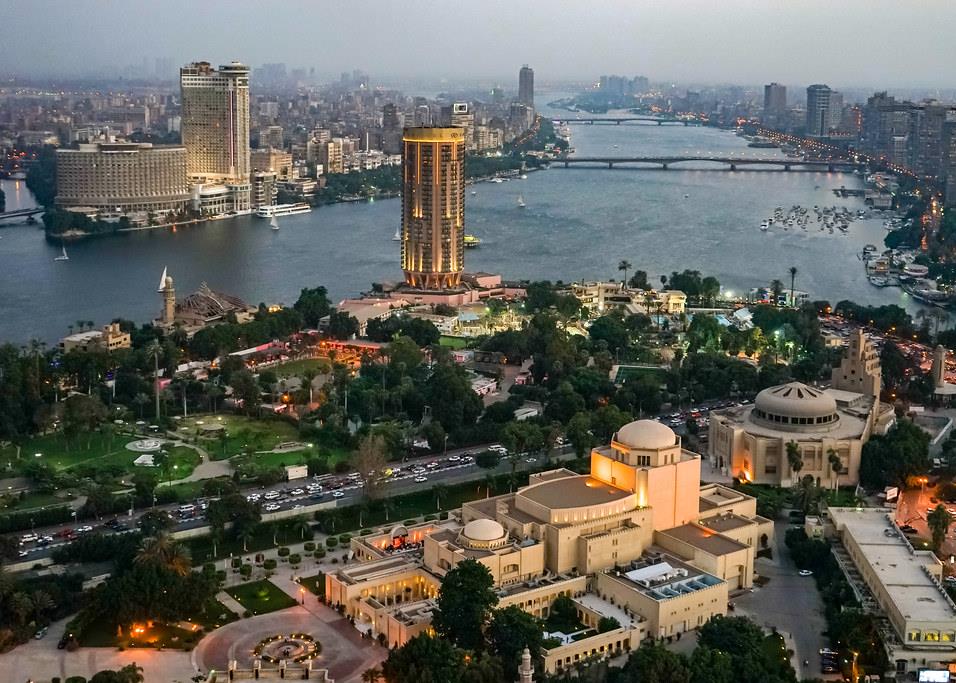
Oil money starting to flow into UAE banking system
Liquidity in the UAE banking system has improved since the start of the year as deposits in the system rise, pushing the loan-to-deposit ratio down below 100 per cent for the first time since August 2011.
The loan-to-deposit ratio at the end of February fell to 97 per cent, from 100 per cent at the end of 2011, according to the latest figures released by the Central Bank of the UAE. During February, total bank deposits rose by 2.6 per cent to AED1,110bn, while total bank loans only increased by 0.5 per cent to 1,072bn.
Deposits have been increasing steadily for the past three months, while loan growth has been broadly flat since September. “Oil money is starting to find its way into the system,” says Giyas Gokkent, chief economist at National Bank of Abu Dhabi.
That will be a relief to banks, which had been facing steadily tightening liquidity conditions. It is unclear how much of a boon to credit growth the new deposits will be, as the central bank statistics do not reveal if the deposits are long term or short term. Economists say it is unlikely that the rising government deposits are part of the deliberate effort to improve liquidity. The last time the government put additional deposits into the system to improve liquidity conditions was in late 2008.
“The deposits have made the liquidity conditions better, but the question for the banks is how long will that situation last,” says Gokkent. In 2011 loan growth in the UAE banking system overall was 3.8 per cent and a similar level is expected for 2012.
To boost liquidity, banks are increasingly turning to the capital markets to raise money. Most recently, Emirates NBD issued a $1bn bond in late March.
Credit growth will be further constrained by new lending caps being introduced by the central bank. Under new rules, banks will not be able to lend more than 100 per cent of their capital base to any of the governments of the seven emirates in the UAE. The move has been welcomed by analysts as step away from loan concentrations to single borrowers.
In October, Emirates NBD took over Dubai Bank on instruction from the emirate’s government to help it recover from its bad debts.
Dubai’s debt crisis has led to a significant slowdown in the emirate’s banks. In the fourth quarter of 2011 assets at listed Abu Dhabi banks rose by 9.6 per cent to the fourth quarter of 2010. For top-listed Dubai banks, their assets contracted by 1.4 per cent.
Abu Dhabi banks are also expected to benefit more from government deposits, and have better lending prospects related to the financing of developments associated with Abu Dhabi’s 2030 plan.
You might also like...

Red Sea Global awards Marina hotel infrastructure
18 April 2024

Aramco allows more time to revise MGS package bids
18 April 2024

Morocco tenders high-speed rail project
18 April 2024
A MEED Subscription...
Subscribe or upgrade your current MEED.com package to support your strategic planning with the MENA region’s best source of business information. Proceed to our online shop below to find out more about the features in each package.





